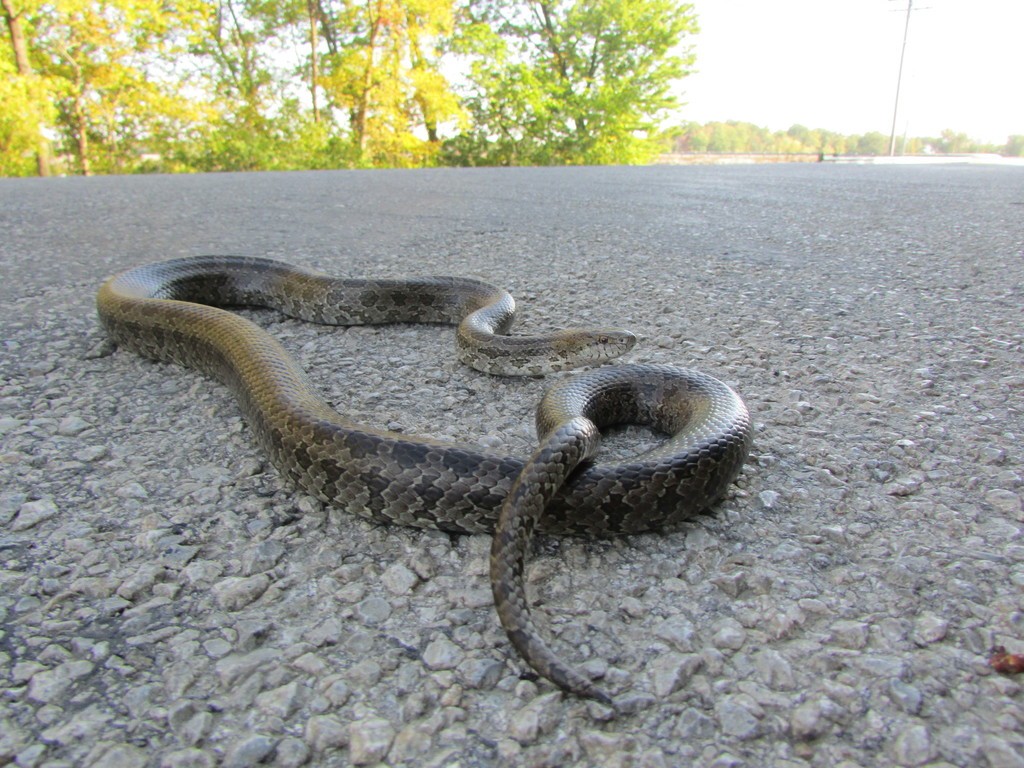Prairie kingsnake
A species of Kingsnakes Scientific name : Lampropeltis calligaster calligaster Genus : Kingsnakes
Prairie kingsnake, A species of Kingsnakes
Scientific name: Lampropeltis calligaster calligaster
Genus: Kingsnakes
Content
Description General Info
Description
Prairie kingsnake is a fascinating species with multiple noteworthy ecological characteristics. One unique behavior manifests in its unusual reproductive cycle, involving a lengthy incubation period which helps the young better withstand cooler temperatures. Additionally, its diet, primarily feeding on rodents, significantly impacts local ecosystems by controlling rodent populations. This ensures that crop damage is minimized, highlighting prairie kingsnake's crucial role in the ecological balance.
General Info
Lifespan
15-20 years
Diet
Prairie kingsnake primarily consume small rodents like mice and rats. It is also known to occasionally prey on birds, lizards, and frogs when rodents are scarce, showing a degree of dietary flexibility.
Appearance
Prairie kingsnake is a medium-sized snake with a slender, elongated body. Its scales are smooth and glossy, exhibiting a dominant yellow hue with dark brown blotches along the back and sides. The eyes are round and clear, while the tail ends in a pointed tip. Prairie kingsnake does not show any significant visual differences based on age, gender, or subspecies.
Behavior
Prairie kingsnake is a solitary, nocturnal species known for its terrestrial and semi-arboreal habits. This species predominately exhibits sit-and-wait hunting strategies and hibernates in colder climates. It utilizes scent to locate prey and interact with others of their species. Notably, prairie kingsnake exhibits a unique defensive behavior by imitating the coloration and movement of venomous species.
Scientific Classification
Phylum
Chordates Class
Reptiles Order
Lizards and snakes Family
Colubrids Genus
Kingsnakes Species
Prairie kingsnake 